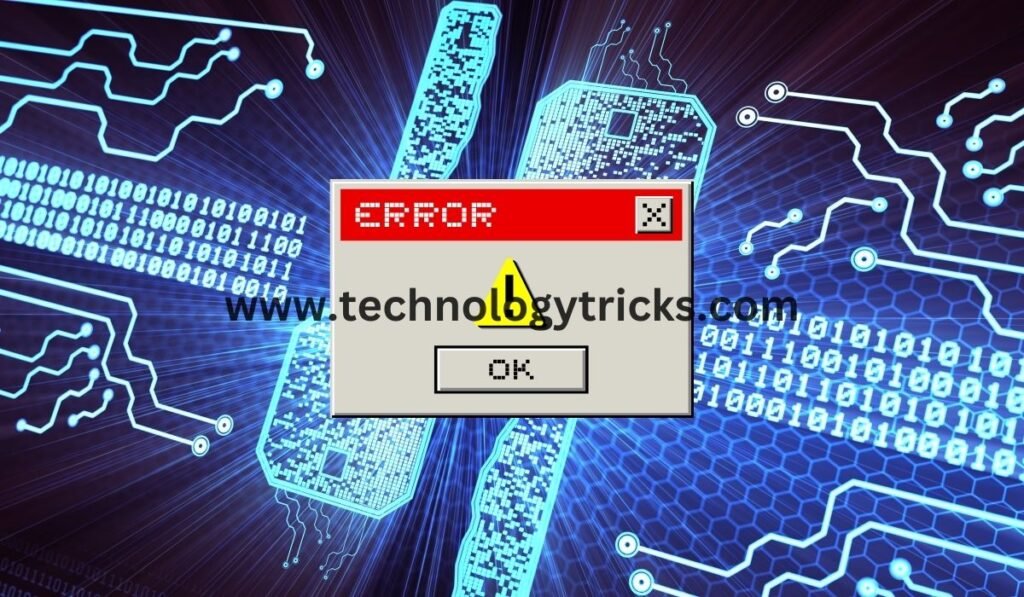Webui forge dump cache WebUI Forge is one of the strong tools developers use for the creation, testing, and deployment of web user interfaces. Well, just like any other piece, one of the things that will keep performances at their best is proper cache management. In this article, we are going to take a look at what this ‘cache’ business is in WebUI Forge and how you can dump its cache, among the best practices in its management. We’ll give comprehensive details backed with statistics, data, and relevant examples to let you understand the process. This guide covers all aspects of cache management in WebUI Forge in one place and hence will be a helping resource for developers.
What is Cache in WebUI Forge?
Cache is the layer of storage that holds data temporarily from the various retrievals to enhance performance by way of better loading times. WebUI Forge Cache also stores the same set of data-each time frequently accessed HTML, CSS, and JavaScript files and other resources avoid redundant loading from the server every time a user accesses a web page. This, in turn, enhances the speed and responsiveness to a whole new level in order to provide a better experience for the end-user of the web application.
Why Dump Cache in WebUI Forge?
Dumping cache refers to the process of clearing or deleting stored cache data. While caching is beneficial, there are situations where clearing of the cache becomes necessary:
- Updates or Changes: While developers are working on certain parts of the web application, the old files cached might not show the updates. They will lead to inconsistencies.
- How to Troubleshoot: Sometimes, errors or problems can occur with corrupted or out-of-date cache files. Clear the cache to resolve the issue.
- Performance: After some time, the cache inflates itself with old data and/or redundant information contributing to slowing down the performance of the application. It is good practice to regularly dump the cache for optimum performance.
How to Dump Cache in WebUI Forge?
How to dump the cache on the said tool, WebUI Forge, may vary depending on the environment and the available toolset in use. The following are detailed instructions for the various scenarios:
Dumping Cache via Command Line Interface (CLI)
One of the easiest ways to clear the cache on WebUI Forge is through the use of the Command Line Interface or CLI. Here’s how you do it:
Access the CLI Open your terminal or command prompt. Navigate to the WebUI Forge Directory The cd command is used to change into the directory where you installed WebUI Forge. Run the Cache Dump Command Run the appropriate command to dump out the cache. It might look something like this:
- Process Verification: After the execution of the command, the system confirms that the cache has indeed been successfully cleared.
Also read more: 中兴 telnetonu1.5 版本
Also read more: prince narula digital paypal
Approach 2: Clearing Cache using WebUI Forge Dashboard
If you are on GUI, then you can directly clear the cache from your WebUI Forge dashboard:
- Login to WebUI Forge Dashboard: Open your account in WebUI Forge and go to the dashboard.
- Go to Cache Settings: Look for the settings or tools section where cache management options are available.
- Clear Cache: Hit the option to clear or dump the cache. Confirm in case there is a promo action.
- Check Status: Verify that the work has been done through cache status or page reload.
How to Achieve Best Practices for Caching Management in WebUI Forge
Forge
Good cache management keeps your web applications up, running, and responding. Following are some best practices that one should consider:
- Periodic Cache Clearance: Clear your caches periodically to avoid accumulation of garbage or useless data in them.
- Watching Cache Size: Keep an eye on the size of your cache. If the size of the cache gets too big, it might potentially slow down your application considerably.
- Versioning: Store your files versioned to assure users will always have up-to-date versions of your work, without having to do cache clears manually.
- Automate Cache Management: With automated tools or scripts, advanced configuration options are available in the case of big or complex applications.
WebUI Forge Dump Cache: Frequently Asked Questions
1. What does it mean to dump the cache in WebUI Forge?
It clears out temporarily stored data like HTML, CSS, and JavaScript files. This will force the web application to reload fresh files from the server to make sure you reflect the latest updates.
2. How often should I dump the cache in WebUI Forge?
How often you clear your cache depends on how often your application is updated and/or performance considerations. That being said, it is generally a good practice to clear the cache from time to time, especially after deploying major updates.
3. Can web application performance be aided by cache clearing?
Yes, performance can be enhanced by cleaning the cache, as it gets rid of data that was either invalid or superfluous, thus making the time to load so much faster with an efficient response of the application.
4. Is WebUI Forge’s cache dumping automated?
Yes, you can automate it using scripts or third-party tools which would automatically clear the cache after regular intervals or on certain events, such as deployment of updates.
5. Will I kill my users if I dump the cache in WebUI Forge?
The only noticeable difference could be that the users might feel it takes a bit longer to load the first time after a cache dump, as new data will have to be fetched from the server. However, that way, they will get the latest content.
6. Are there any risks with dumping the cache in WebUI Forge?
Generally, it is safe to dump the cache; one can dump it anytime, but has to be cautious while dumping it. Ensure that all your necessary files are updated and no such critical data has been lost in the process.
Conclusion
Cache management is a very important thing in the development and maintenance of web applications, particularly when one has at their disposal powerful tools such as WebUI Forge. If you get into the habit of dumping the cache with regularity, it will ensure your application remains quick, nimble, and current for users. If you follow best practices for knowing just when and how to dump the cache, you should be able to optimize performance and reliability in your web application.

